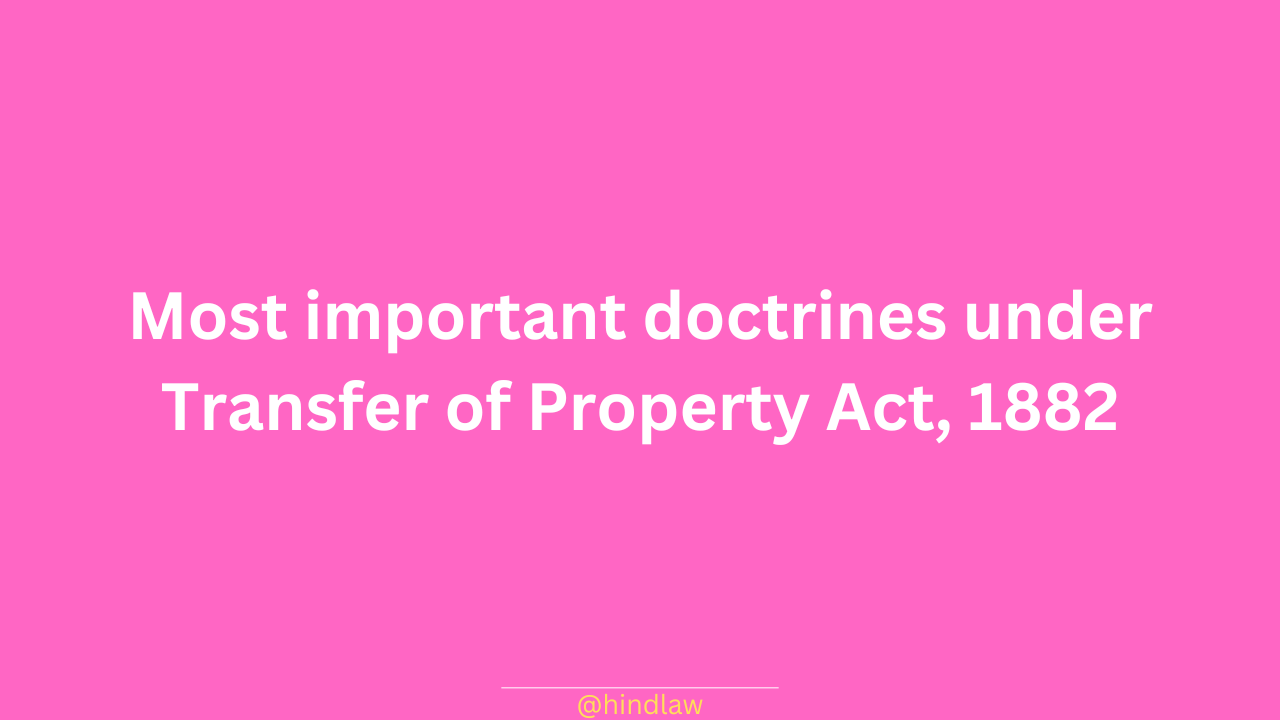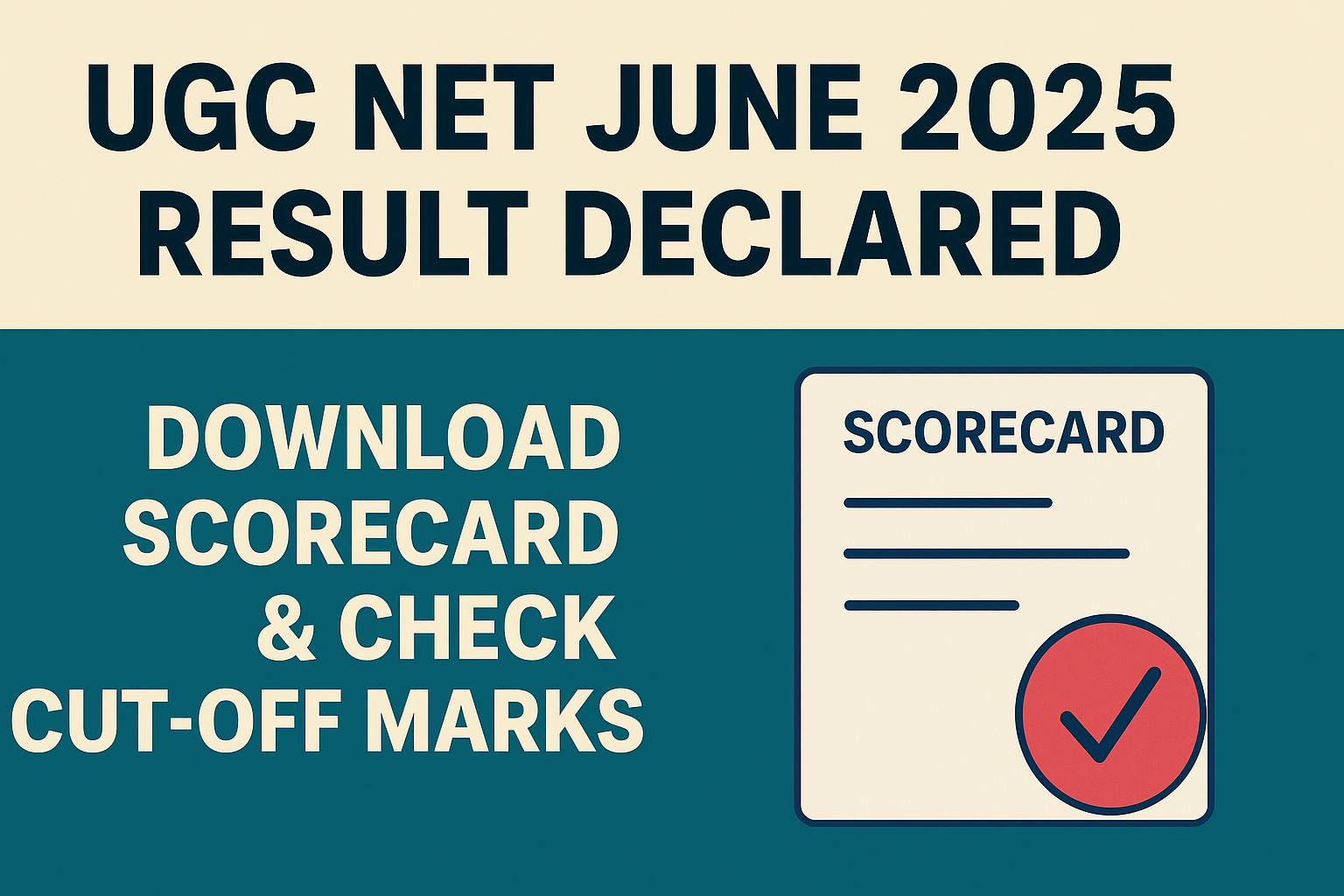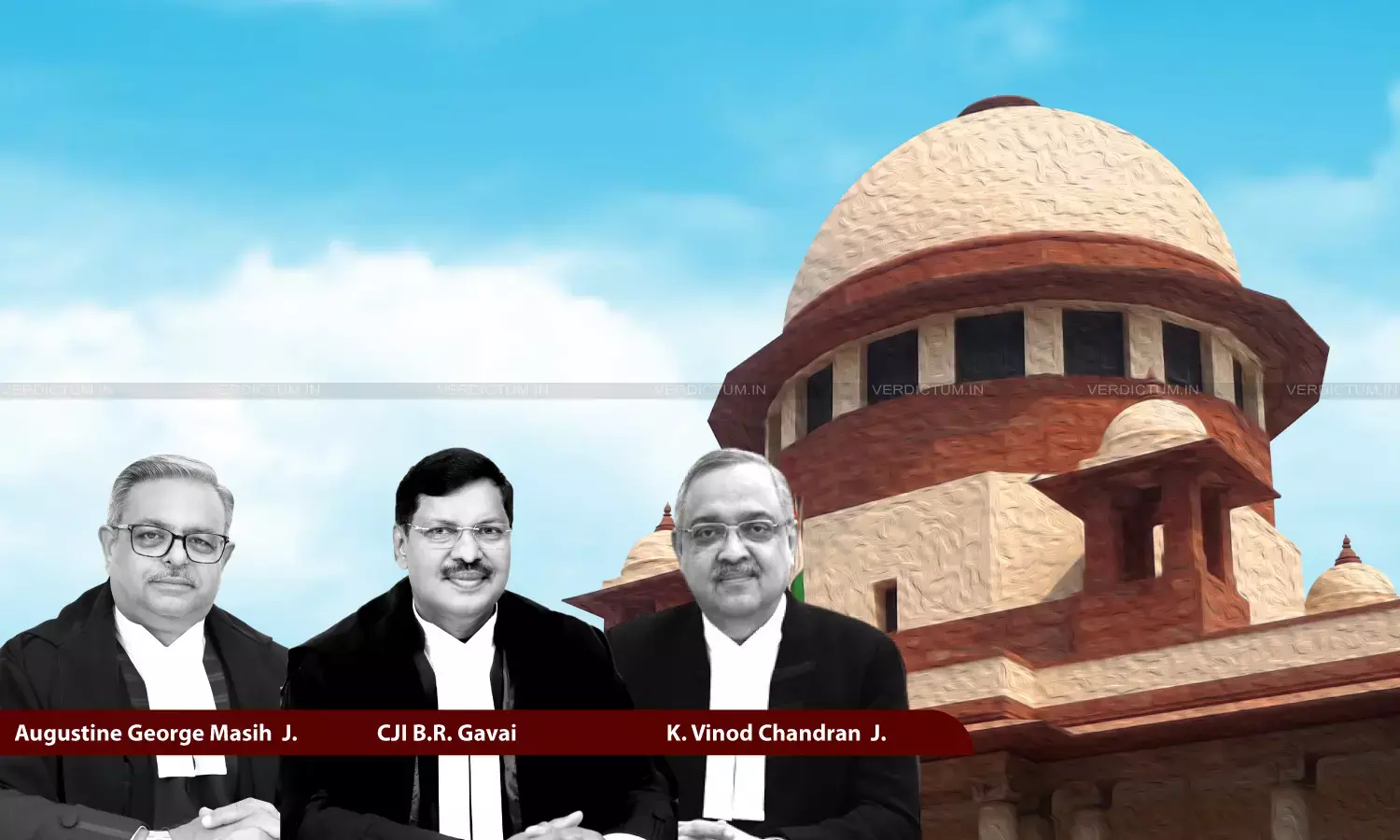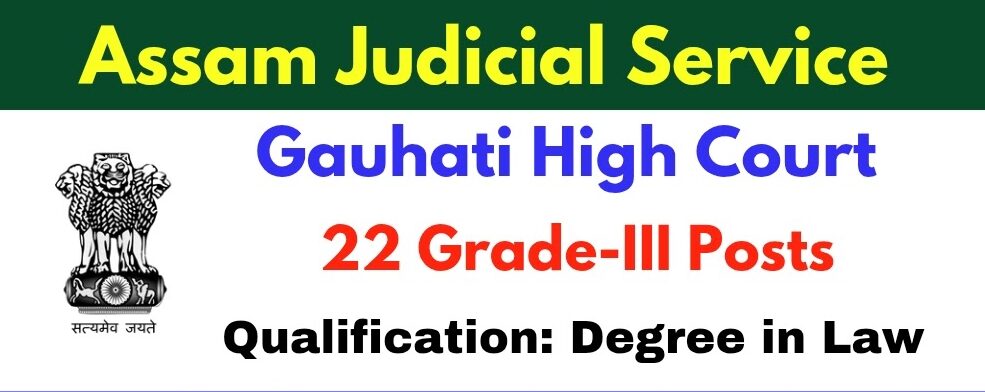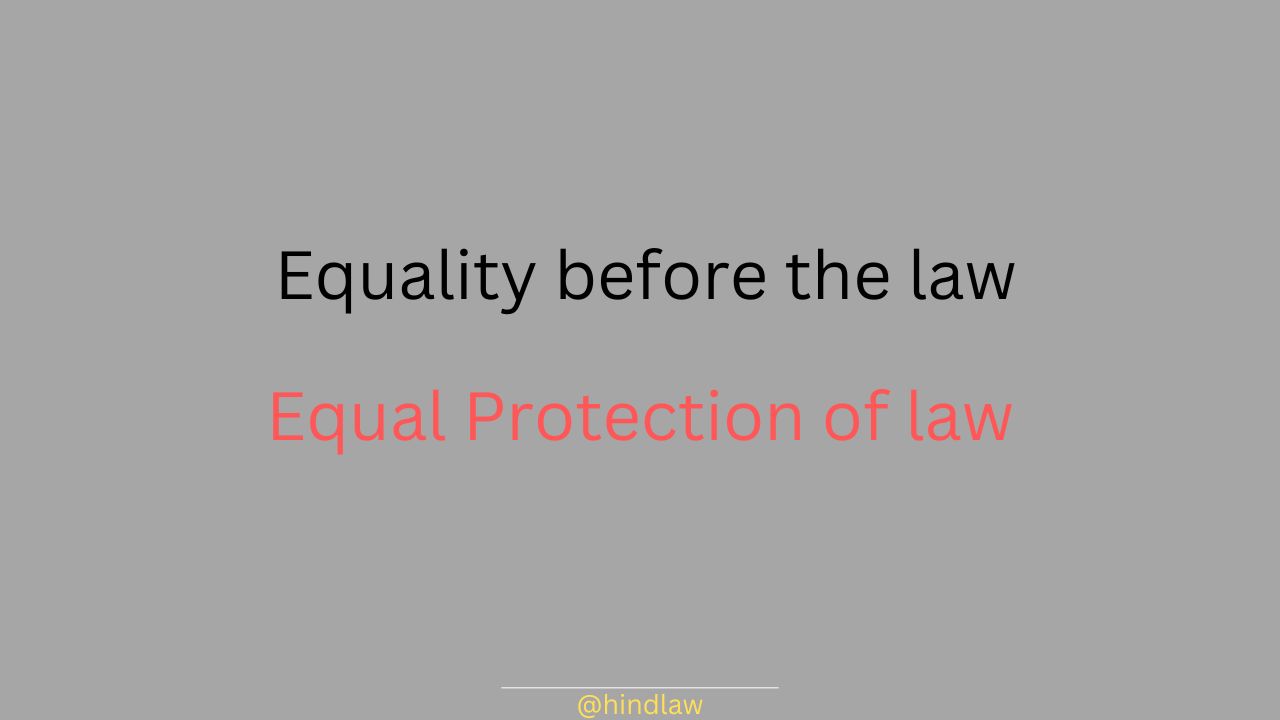Table of Contents
Legal doctrine refers to a set of principles or rules that are established through legal precedent, court decisions, statutes, or legal commentary. These doctrines serve as foundational concepts that guide legal reasoning, interpretation, and decision-making.
Legal doctrines play a crucial role in shaping the development of laws and provide a framework for understanding and applying legal principles in various situations.
Doctrine of Cypres
The Doctrine of Cypres is a legal principle that comes into play when the original purpose of a gift or trust becomes impossible, illegal, or impracticable to perform. In simple terms, if you give or leave something for a specific purpose, but that purpose can’t be fulfilled, the law may allow the use of the gift or trust for a similar or closely related purpose.
Suppose that;
1. Original Purpose Impossible: Let’s say X leaves money for the care of a specific type of animal, but that species becomes extinct. The original purpose is now impossible to fulfill.
2. Cypres Principle in Action: Instead of wasting the gift or trust because the original purpose can’t be carried out, the court may allow the money to be used for the welfare of a similar or closely related cause, like the conservation of other endangered species.
3. Flexibility in Application: The Doctrine of Cypres provides flexibility. It ensures that if the original intention behind a gift or trust is no longer possible, the assets or funds can still be used for a purpose as close as possible to what the giver intended.
Example:
Imagine someone leaves money in their will for the establishment of a cancer hospital. However, due to delays in the execution of the will, many such hospitals were already established in that locality. Therefore when the matter reaches the court, it may allow for the establishment of the hospital with other specilities.
So, the Doctrine of Cypres helps to prevent the frustration of the donor’s wishes when the original purpose is no longer achievable, ensuring that the gift or trust serves a purpose as close as possible to what was originally intended.
Doctrine of Acceleration
The Doctrine of Acceleration, also known as the Due-on-Sale Clause, is a legal principle that allows a lender to demand immediate payment of the entire outstanding balance on a loan if the borrower transfers ownership of the secured property without the lender’s consent. This typically applies to mortgages, but can also be used in other types of secured loans.
Suppose that;
The loan agreement: When you take out a loan, you sign a contract with the lender that outlines the terms of the loan, including the interest rate, repayment schedule, and any other conditions. This agreement may also include a Due-on-Sale Clause, which gives the lender the right to accelerate the loan if you sell the property without their consent.
Triggering the clause: If you sell the property without the lender’s consent, the Due-on-Sale Clause is triggered. This means that the lender can demand immediate payment of the entire outstanding balance on the loan, even if you are not in default.
Lender’s discretion: In some cases, the lender may choose not to exercise their right to accelerate the loan. This could be because they are confident that you will continue to make your payments, or because they do not want to disrupt the sale of the property. However, the lender is not obligated to do this, and they can demand immediate payment at any time.
The Doctrine of Acceleration can have significant consequences for borrowers. If you are not prepared to pay off the entire loan balance immediately, you could face foreclosure on your home. This is why it is important to carefully review your loan agreement before selling your property and to make sure that you understand the implications of the Due-on-Sale Clause.
Doctrine of Conditional Limitation
The Doctrine of Conditional Limitation is a legal principle that affects the time within which a person can file a lawsuit. In simple terms, it states that the time limit for filing a lawsuit is not fixed from the beginning; instead, it starts running only when a certain condition is fulfilled.
Example;
Imagine you buy a defective product, and there’s a clause in the warranty that says you can only file a lawsuit within one year of discovering the defect. In this scenario, the Doctrine of Conditional Limitation would apply. The one-year time limit doesn’t start ticking the moment you purchase the product; it only begins when you discover the defect. If you discover the defect ten months after the purchase, you still have a year from that moment to file a lawsuit.
In simpler terms, the clock for filing a lawsuit starts only when you become aware of the condition or circumstances that give rise to your legal claim. The Doctrine of Conditional Limitation adds a level of fairness by ensuring that the time limit is linked to the actual knowledge or discovery of the issue, rather than starting arbitrarily from the beginning.
Doctrine of Apportionment
The Doctrine of Apportionment is a legal principle that deals with the fair division or sharing of costs or benefits among different parties. In simple terms, it ensures that each party involved contributes or receives a portion that is proportionate to their share or interest in a particular matter.
Example;
Imagine you and your neighbor share a water pipe that supplies water to both of your homes. If the water bill comes in the name of only one person, the Doctrine of Apportionment may come into play. It ensures that the water bill is divided fairly between you and your neighbor, taking into account the actual usage by each household.
Suppose the total water bill for a month is Rs.100. If your neighbor uses 60% of the water and you use 40%, the Doctrine of Apportionment would suggest that your neighbor pays Rs.60, and you pay Rs.40. This way, the costs are apportioned based on the actual consumption or benefit received by each party.
In simpler terms, the Doctrine of Apportionment promotes fairness by dividing costs or benefits proportionally among those involved in a shared resource or obligation. It ensures that each party contributes or receives a fair share based on their specific involvement or interest in the matter at hand.
Doctrine of Substituted Security
The Doctrine of Substituted Security is a legal principle that allows for the replacement of one form of security with another. In simple terms, if you owe someone money and have provided a specific asset as collateral, the Doctrine of Substituted Security permits the substitution of that asset with another, usually with the lender’s approval.
Example;
X borrows money from a bank to buy a car, and he uses the car itself as collateral. Later, his financial situation improves, and he decides to sell the car and purchase a house. The bank may agree to substitute the collateral, allowing him to replace the car with the house as security for the loan.
In this scenario, the Doctrine of Substituted Security comes into play. It enables a borrower to change the form of collateral while maintaining the security interest for the lender. The key is that both parties, the borrower and the lender, must agree to this substitution.
In simpler terms, the doctrine provides flexibility in securing loans by allowing the borrower to replace the original collateral with another asset, ensuring that the lender’s interest in the security remains intact and mutually agreed upon.
Doctrine of Holding Out
The Doctrine of Holding Out is a legal principle related to business partnerships. In simple terms, it states that if someone represents themselves as a partner or allows others to believe they are a partner in a business, they can be held legally responsible for the obligations and liabilities of that business, even if they are not formally listed as a partner.
Suppose A and B run a bakery together, and they are the official partners. They decide to bring in C to help with the business. If C tells customers, suppliers, or the public that she is a partner or lets others believe that she is, the Doctrine of Holding Out may apply.
If, due to C’s actions, people start to believe that she is a partner, they may hold her responsible for the bakery’s debts or obligations. Even if there was no formal partnership agreement or documentation listing her as a partner, her holding out as one can create a legal obligation.
In simpler terms, the Doctrine of Holding Out helps to protect the interests of those who rely on representations made by individuals regarding their involvement in a business. If someone creates the impression of being a partner, they may be held accountable for the business’s responsibilities, even if they’re not officially designated as a partner on paper.
Doctrine of Feeding the Grant by Estoppel
The Doctrine of Feeding the Grant by Estoppel is a legal concept that comes into play when someone, who does not actually own a property, transfers that property to another person. If the transferor later acquires the ownership rights, the law treats the earlier transfer as valid, and the ownership rights are automatically passed to the transferee.
Imagine that A, without actually owning a piece of land, tells B that she owns it and then proceeds to sell it to him. Later, A inherits the land from her family. According to the Doctrine of Feeding the Grant by Estoppel, B’s ownership of the land is now recognized, even though A did not own it at the time of the sale.
In simpler terms, if someone mistakenly claims ownership and transfers property to another person, and later they do acquire the rightful ownership, the law “feeds” or validates the earlier transfer. This doctrine operates on the principle of estoppel, meaning that the person making the false claim is prevented from denying it later if their actions caused someone else to rely on those claims to their detriment. In this way, the law aims to uphold the interests of the person who relied on the initial representation of ownership.
Doctrine of Priority
The Doctrine of Priority is a legal principle that establishes the order of rights or claims when there are competing interests in a particular property. In simple terms, it determines who has a superior or first claim over a specific asset or right.
Imagine that two individuals, A and B, both have mortgages on the same property owned by C. If C defaults on her mortgage payments, the Doctrine of Priority comes into play to determine which mortgage holder gets paid first from the proceeds of selling the property.
Suppose A registered her mortgage first with the proper authorities, and B registered his mortgage later. In this scenario, the Doctrine of Priority would give A the superior claim. Even if B’s mortgage is larger or has more favorable terms, A would have the right to be paid first from the proceeds of the sale of the property due to the priority established by the registration order.
In simpler terms, the Doctrine of Priority ensures a fair and orderly distribution of assets when multiple parties have competing claims, giving precedence to the party whose rights were established first, often through proper registration or recording. This helps maintain clarity and fairness in situations where there are conflicting interests in a particular property.
Doctrine of Lis Pendens
The Doctrine of Lis Pendens is a legal principle that means “a suit pending.” In simple terms, when there is ongoing litigation or a legal dispute related to a property, any transfer of that property during the lawsuit may be considered void.
Suppose A is selling her house to B, and the sale is in progress. However, C filed a lawsuit claiming that she has a right to the property due to a previous agreement with A. The Doctrine of Lis Pendens comes into play. Any transfer of the property to B might be deemed invalid if the court finds that C’s lawsuit has a valid basis.
In simpler terms, the doctrine prevents parties involved in a property dispute from transferring the property to others while the legal action is ongoing. It aims to maintain the status quo during the litigation process, ensuring that the property’s ownership is not altered until the court decides the matter. This doctrine helps to prevent parties from undermining the judicial process by hastily transferring the property while a dispute is being resolved.
Doctrine of Marshalling of Sale
The Doctrine of Marshalling of Sale is a legal principle that comes into play when a creditor has security over two funds or properties belonging to a debtor, but one of these funds is insufficient to cover the debt. In simple terms, the doctrine allows the creditor to seek satisfaction from the larger fund if the smaller one is insufficient, even if the creditor could have satisfied the debt from the smaller fund alone.
Suppose, C(a debtor), owes money to 2 creditors, A and B. C has two properties: Property X and Property Y. A holds a mortgage over Property X, and B holds a mortgage over both Property X and Property Y.
If the debt owed by C is greater than the value of Property X alone, the Doctrine of Marshalling of Sale allows A to look to Property Y for satisfaction, even though her mortgage only covers Property X. This is because B, with a mortgage on both properties, could have satisfied his claim from Property X alone, leaving Property Y available to satisfy A’s claim.
In simpler terms, the doctrine ensures that if there are multiple assets securing a debt and one asset is insufficient, the creditor with a claim on both assets cannot bypass the larger fund to collect from the smaller one. This helps promote fairness and efficient use of assets in settling debts.
Doctrine of Incumbrance
The Doctrine of Incumbrance is a legal concept related to property law, specifically dealing with the restrictions or burdens that affect a property’s title. In simple terms, it refers to any claim, lien, or liability that encumbers or limits the owner’s rights over the property.
Imagine you decide to buy a house, and during the title search, it is discovered that there is a mortgage on the property. In this case, the mortgage is considered an incumbrance because it’s a financial obligation tied to the property. While you can still buy the house, you need to be aware that the mortgage is a burden that comes with the property.
Other examples of incumbrances may include easements (rights of way for utilities), restrictive covenants (limitations on how the property can be used), or property tax liens. Each of these represents a burden or encumbrance on the property’s title, affecting the owner’s rights in some way.
In simpler terms, the Doctrine of Incumbrance reminds property buyers and owners to be aware of any existing claims or restrictions on a property’s title. Understanding these encumbrances is crucial in making informed decisions about the property, as they can impact how the property is used and the buyer’s ability to enjoy full ownership rights.
Doctrine of Consolidation
The Doctrine of Consolidation is a legal principle that deals with multiple mortgages on separate properties held by a debtor. In simple terms, it allows a mortgagee (lender) to combine or consolidate two or more mortgages into a single debt, typically when the debtor defaults on one of the mortgages.
Imagine a borrower, Alice, owns two properties, Property A and Property B, each mortgaged to different lenders, Bank X and Bank Y. If Alice defaults on the mortgage for Property A, the Doctrine of Consolidation allows Bank X to combine the debts secured by both properties into a single debt.
In this scenario, if the Doctrine of Consolidation applies, Bank X can enforce its claim against both properties to recover the total debt owed. This prevents the borrower from selectively paying off one mortgage while neglecting the other, ensuring that the lender’s security interests are protected across the entire portfolio of mortgaged properties.
In simpler terms, the Doctrine of Consolidation is a legal tool that allows a lender to merge multiple mortgages into a single debt when a borrower defaults on any one of them. This helps maintain the lender’s ability to recover the total amount owed, providing a level of protection and fairness in situations involving multiple mortgaged properties.
Doctrine of Marshaling
In the context of mortgages, the Doctrine of Marshaling is a legal principle that comes into play when a debtor has two or more properties, and one property is mortgaged to two different lenders. In simple terms, it allows the second mortgagee to seek satisfaction from the remaining property if the value of the first property is insufficient to cover the debt.
Here’s an example to illustrate this concept:
Suppose a borrower, Carol, owns two properties: Property A and Property B. She mortgages both properties to two different lenders, Bank X, and Bank Y. Later, she defaults on the mortgage with Bank X, and Property A is not sufficient to cover the entire debt.
The Doctrine of Marshaling allows Bank X, the first mortgagee, to look to Property B for satisfaction, even though Bank X only has a mortgage on Property A. This is because Bank Y, the second mortgagee, could have satisfied its claim from Property A alone, leaving Property B available for Bank X to recover its debt.
In simpler terms, the Doctrine of Marshaling ensures a fair distribution of assets when a debtor has multiple properties with different mortgages. It allows the second mortgagee to seek satisfaction from an alternative property if the value of the first property is insufficient, promoting an equitable resolution in situations of mortgage default.
Doctrine of Contribution
The Doctrine of Contribution is a legal principle that comes into play in situations where multiple parties share a common liability, such as a debt or obligation. In simple terms, it allows one party who has paid more than their fair share of the common liability to seek reimbursement or contribution from the other parties involved.
Here’s an example to illustrate this concept:
Imagine three friends, Alice, Bob, and Carol, jointly take out a loan to buy a car. The loan agreement holds all three friends responsible for repaying the entire loan amount. If Alice ends up paying the full amount on her own, the Doctrine of Contribution allows her to seek reimbursement from Bob and Carol for their share of the debt.
In this scenario, even though they were all equally responsible for the loan, Alice can use the Doctrine of Contribution to ensure that Bob and Carol contribute their fair portions, reimbursing her for the excess amount she paid.
In simpler terms, the Doctrine of Contribution promotes fairness among parties who share a common liability. It ensures that if one party ends up paying more than their share, they have the right to seek contributions from the other parties involved, preventing any one party from bearing an unfair burden of a shared obligation.
Doctrine of Redemption
The Doctrine of Redemption, in a general legal sense, refers to the right of a debtor to reclaim or repurchase property that was pledged as security for a debt, typically through the payment of the outstanding amount. In simple terms, it provides the debtor with an opportunity to “redeem” or regain ownership of the property by fulfilling the financial obligations tied to it.
Here’s an example to illustrate this concept:
Imagine you take out a loan and, as security, you pledge your valuable watch to the lender. If you’re unable to repay the loan within the specified time, the lender may take possession of your watch. However, the Doctrine of Redemption allows you to reclaim your watch by repaying the outstanding loan amount along with any agreed-upon interest or fees.
In this scenario, the right of redemption gives you a chance to rectify the default and regain ownership of your pledged property. It’s a safeguard ensuring that the lender’s right to take possession of the collateral is not absolute and can be reversed if the debtor fulfills the financial obligations associated with the loan.
In simpler terms, the Doctrine of Redemption provides a second chance for individuals to recover their pledged property by settling the debt linked to it, offering a degree of flexibility and fairness in financial transactions.
Note: It seems like you might be referring to the terms “redeem” and “foreclose,” which are commonly associated with mortgage and property transactions. Let me clarify these terms:
1. Redeem:
In the context of a mortgage, redemption refers to the right of the borrower (mortgagor) to reclaim or repurchase the property that was pledged as security for a loan. This right typically involves paying off the outstanding mortgage debt, along with any accrued interest and fees, within a specified timeframe.
2. Foreclose:
Foreclosure, on the other hand, is a legal process initiated by the lender (mortgagee) to seize and sell the property when the borrower fails to meet the agreed-upon mortgage payments. It is a remedy used by the lender to recover the outstanding debt by taking ownership of the property.
So, the phrase “redeem up foreclose down” could potentially be interpreted as a concise way of expressing the actions involved in the mortgage process. It suggests the borrower’s option to redeem or repurchase the property before facing foreclosure, where the lender may take ownership if the debt is not settled.









